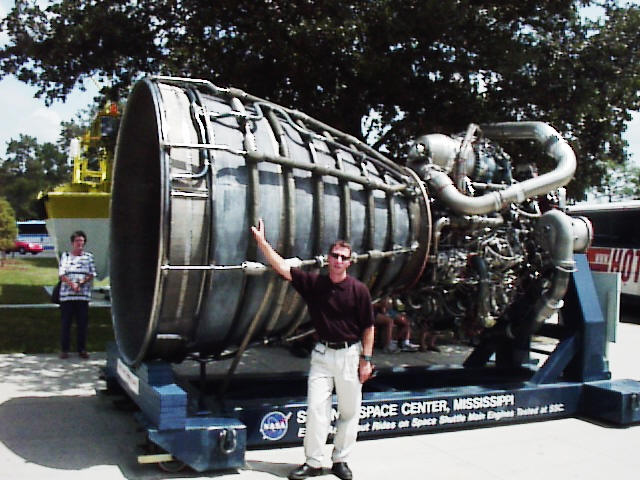
Space Shuttle Main Engine
Chemical Rocket Propulsion
MECH
581A4
Catalog Description: Rocket propulsion is a key technology in the areas of space exploration, commercialization of space and even terrestrial systems such as automotive vehicle restraint systems. Space exploration has seen a renewed interest in light of recent unmanned planetary missions. However, the primary obstacle that has prevented man from walking on the surface of Mars is the propulsion system requirements. In terms of the commercialization/privatization of space exploration, the recent explosion in communications technology has put an unprecedented demand for communication satellite launches and new companies such as SpaceX, Blue Origin, Virgin Galactic have captured the public imagination. And, every automobile sold in this country includes solid rocket motors that are used to rapidly inflate the air bags.
Textbook: George P. Sutton and Oscar Biblarz, Rocket Propulsion Elements, 9th Edition, Wiley, 2016.
Instructor: Anthony J. Marchese Download Course Syllabus here
Office: Scott 104 and Powerhouse 211
Phone: (970) 491-2328
Email: marchese@colostate.edu
-
Analyze the performance of an ideal rocket engine.
-
Select propellants and choose a rocket propulsion system based on mission requirements.
-
Perform thermochemical calculations (by hand or using the NASA CEC program) to determine the rocket chamber temperature and chemical composition for any propellant combination.
-
Design a liquid propellant rocket engine by considering the propellant combination, combustion chamber, injector, igniter, nozzle, heat transfer and cooling characteristics.
-
Design a solid propellant rocket motor based on the propellant combination, burning rate laws and grain design.
-
Design a hybrid rocket motor based on the propellant combination, burning rate laws and grain design.
-
Build and test an 8 lbf thrust hybrid rocket motor. Measure specific impulse, characteristic exhaust velocity, thrust coefficient and compare to theoretical calculations.
 Colorado State
University • Fort Collins, CO 80523 •
Phone / 970.491.2328
Colorado State
University • Fort Collins, CO 80523 •
Phone / 970.491.2328
Contact marchese@colostate.edu
with questions, problems or comments.
©2019 Anthony J. Marchese.